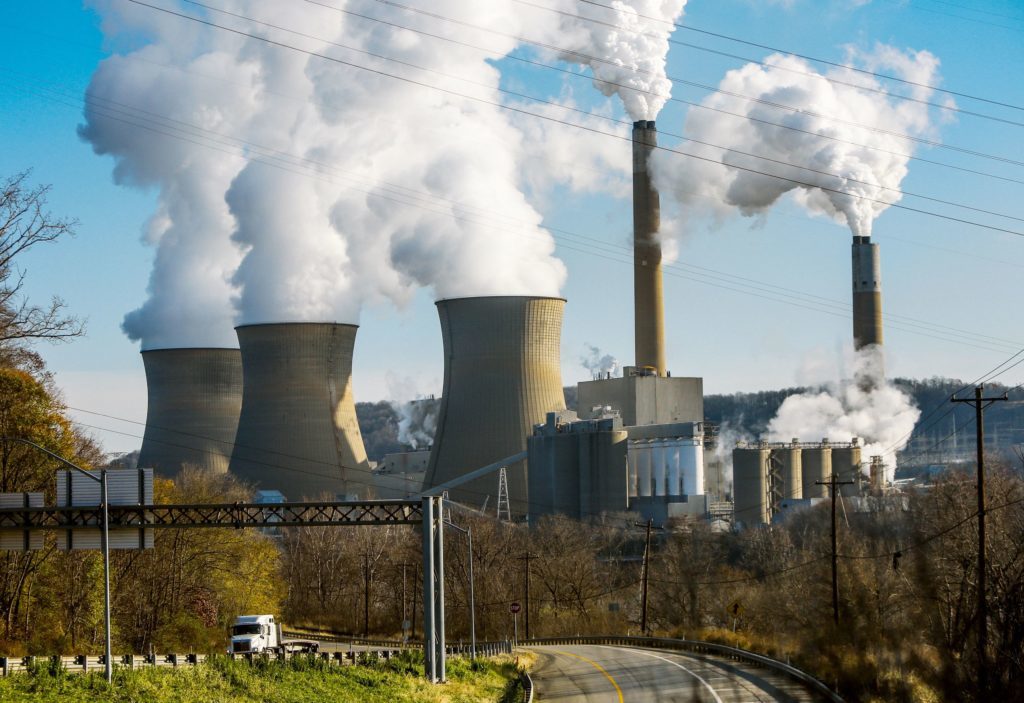
US researchers have created an apparently sustainable alternative to traditional concrete using coal fly ash, a pernicious waste product of coal-based electricity generation.
The Washington State University advance tackles two major environmental problems at once by making use of coal production waste and by significantly reducing the environmental impact of concrete production.
Though coal-fired stations are almost history in the UK, this is far from the case across the EU, US and China, all of which also make massive use of concretes in new construction projects.
Xianming Shi, associate professor at Washington State University’s Department of Civil and Environmental Engineering, and graduate student Gang Xu, also of WSU, have developed a strong, durable concrete that uses fly ash as a binder and eliminates the use of environmentally intensive cement.
Production of traditional concrete, which is made by combining cement with sand and gravel, contributes between five and eight percent of greenhouse gas emissions worldwide.
That’s because cement, the key ingredient in concrete, requires high temperatures and a tremendous amount of energy to produce.
While some researchers have used fly ash in concrete, they haven’t been able to eliminate the intense heating methods that are traditionally needed to make a strong material.
However, according to Xu, their production method does not require heating or the use of any cement.
This work is also significant because the researchers are using nano-sized materials to engineer concrete at the molecular level.
“To sustainably advance the construction industry, we need to utilize the ‘bottom-up’ capability of nanomaterials,” said Shi.
The WSU team are using graphene oxide, a recently discovered nanomaterial, to manipulate the reaction of fly ash with water and turn the activated fly ash into a strong cement-like material.
The graphene oxide rearranges atoms and molecules in a solution of fly ash and chemical activators like sodium silicate and calcium oxide. The process creates a calcium-aluminate-silicate-hydrate molecule chain with strongly bonded atoms that form an inorganic polymer network more durable than (hydrated) cement.
The team designed the fly ash concrete to be pervious, which means water can pass through it to replenish groundwater and to mitigate flooding potential.
They have demonstrated the strength and behaviour of the material in test plots on the WSU campus under a variety of load and temperature conditions; and they are still conducting infiltration tests and gathering data using sensors buried under the concrete.
Next stage is to build some structures with the new concrete.
The goal is to commercialise the patented technology.